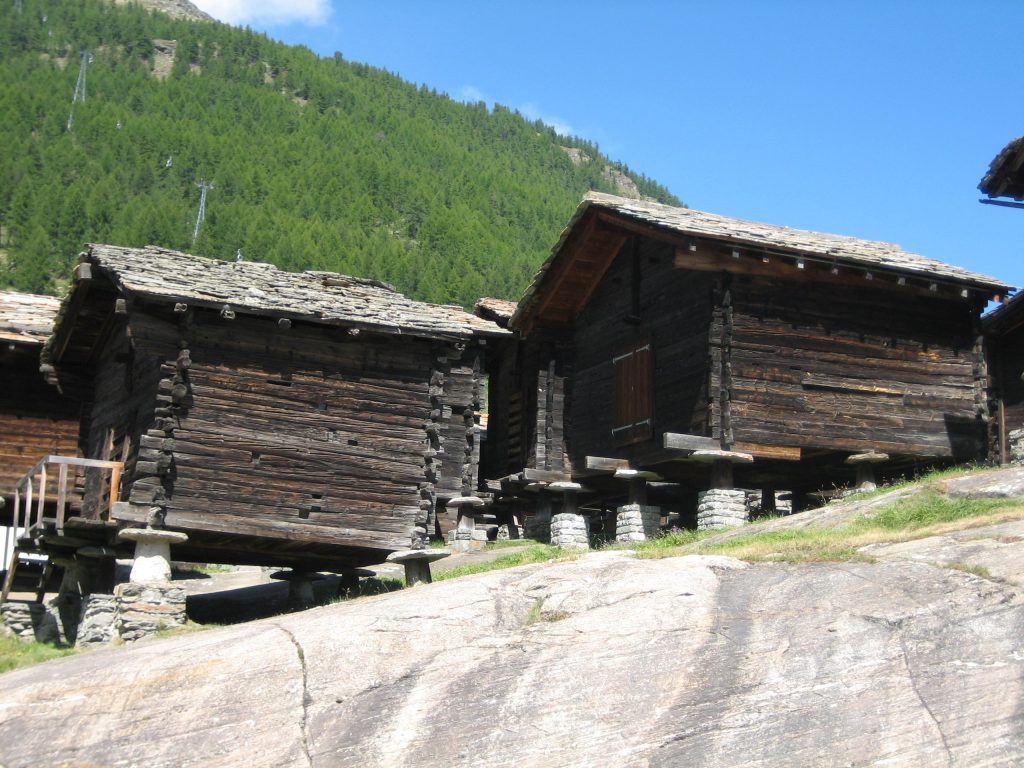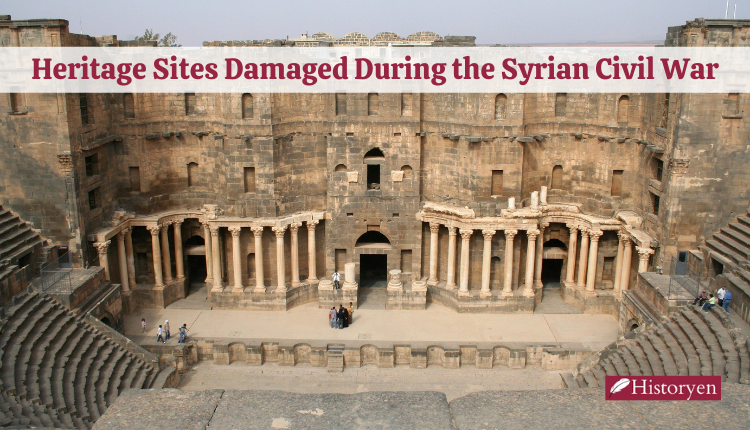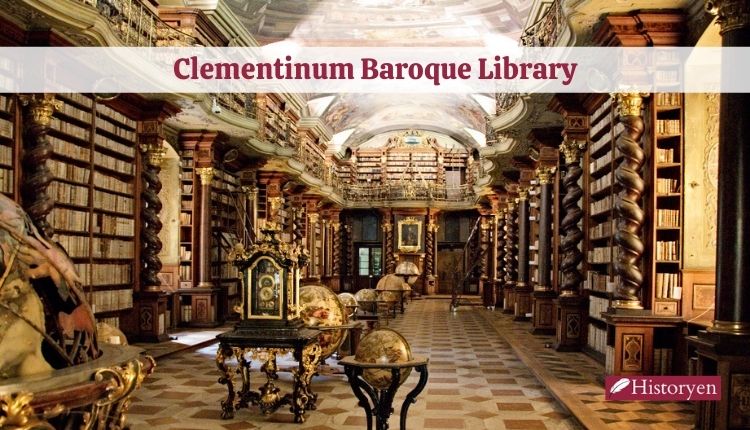A hórreo is a traditional granary raised on pillars, typically made of wood or stone, found in the northwest of the Iberian Peninsula. They are elevated on stone pillars with flat tops to prevent access by rodents, and have ventilation slits in their walls. Hórreos are common in the regions of Galicia and Asturias, but can also be found in northern Portugal.
History
While the exact origins of hórreos remain shrouded in mystery, their story takes us on a journey through centuries of rural life in the Iberian Peninsula. We find their first traces in the granaria brought by the Romans, similar structures used to store food. Written records from the 12th century confirm the existence of these traditional granaries. However, the rise of hórreos came during the Middle Ages.
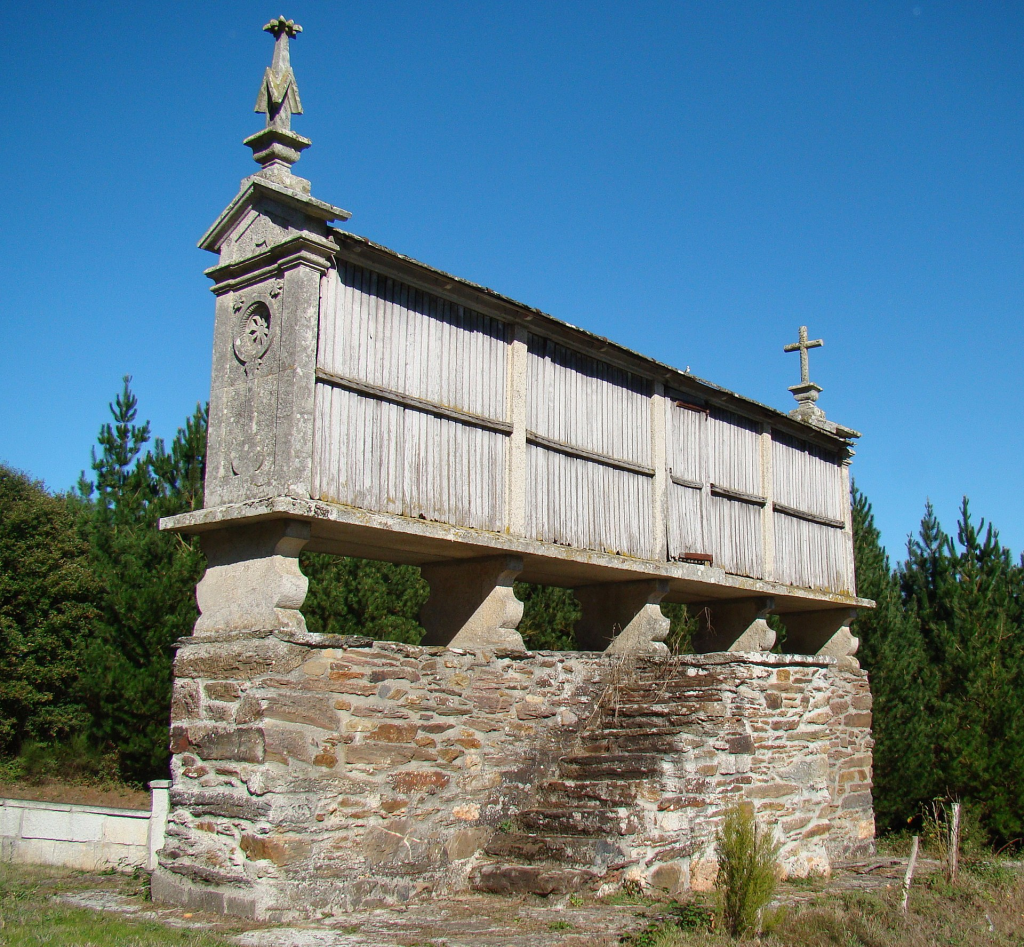
In this period, hórreos became more than just simple grain repositories. They evolved into symbols of wealth and agricultural success. Grains paid as taxes and rent were also stored in these structures. For those with rich and fertile lands, hórreos became a status symbol. In some regions, only nobles were allowed to build dovecotes, further emphasizing the importance of hórreos.
Over time, hórreos transcended their functional role to become an integral part of regional identity. Their designs and decorations reflected local traditions. For example, in Asturias, you will find hórreos that are more square and made of stone, while in Galicia, they tend to be long, rectangular, and made of wood.

Throughout history, hórreos have been affected by wars, natural disasters, and changing agricultural techniques. While some have been lost, new ones have been built. Today, hórreos go beyond being a symbol of the past and reach into the future. Restoration efforts are bringing them back to life, transforming them into museums, and even inspiring modern architecture.
Construction
The construction of hórreos is an art that considers not only functionality but also aesthetics and regional traditions. Each hórreo is a unique structure that reflects the skills and tastes of its builders.

- Foundation: The foundation of a hórreo is a solid platform, usually made of stone or concrete. This platform is elevated above the ground to prevent rodents and other pests from entering.
- Walls: Walls can be made of wood, stone, or a combination of both. Wooden walls are typically made of pine or oak and are joined together to create an airtight structure. Stone walls, on the other hand, are usually made of dry stone and covered with plaster.
- Roof: The roof is one of the most important elements of a hórreo. It needs to be sturdy and waterproof to protect the grains from elements like rain and snow. Roofs are typically made of thatch, wood, or stone.
- Ventilation: Ventilation holes are found in the walls of hórreos. These holes allow air to circulate, preventing the grains from molding.
- Decoration: The decoration of hórreos varies by region. Some hórreos are plain and functional, while others are adorned with intricate carvings and paintings.
The construction of hórreos is a body of knowledge and skills passed down from generation to generation. Each hórreo is a work of art reflecting the craftsmanship and creativity of the past masters.
Additional details
- The size and shape of hórreos vary depending on the region. In Galicia, hórreos are typically rectangular and made of wood or stone. In Asturias, hórreos are usually square and made of stone.
- The construction of hórreos requires specialized skills and knowledge. The builders must be able to work with wood and stone, and they must have a deep understanding of the local climate and materials.
- Hórreos are an important part of the cultural heritage of the Iberian Peninsula. They are a testament to the region’s rich agricultural history and traditions.
Examples of hórreo construction:
- Hórreos in Galicia: The Galician hórreo is the most common type of hórreo. It is typically rectangular and made of wood or stone. The roof is usually made of thatch or slate.
- Hórreos in Asturias: The Asturian hórreo is usually square and made of stone. The roof is usually made of slate or stone tiles.
- Hórreos in Portugal: The Portuguese hórreo is similar to the Galician hórreo. It is typically rectangular and made of wood or stone. The roof is usually made of thatch or tile.
The construction of hórreos is a fascinating and complex process. It is a testament to the ingenuity and creativity of the people of the Iberian Peninsula.
Function
Beyond their striking silhouettes, hórreos served a vital purpose – safeguarding precious harvests.
Grain Guardian: Primarily, hórreos functioned as elevated granaries, protecting stored grains from moisture, pests, and rodents. Their raised platform design and ventilation gaps ensured optimal conditions for preserving corn, wheat, and other staples.
Beyond Grain: Not just for grains, hórreos housed various agricultural bounty. From legumes and nuts to dried meats and cheeses, these versatile structures offered safekeeping for diverse foodstuffs.
Adaptable Storage: Depending on their size and design, hórreos could fulfill specific storage needs. Smaller ones might hold household provisions, while larger structures served entire communities. Some even incorporated dedicated spaces for tools and implements.
Cultural Significance
Hórreos transcend mere storage units; they are woven into the cultural fabric of the Iberian Peninsula.
Symbol of Prosperity: Throughout history, hórreos have signified wealth and agricultural prowess. Their presence signaled a successful harvest and economic wellbeing, becoming a coveted mark of status.
Architectural Legacy: As regional icons, hórreos embody local architectural styles and traditions. Their diverse designs, from Galician wooden rectangles to Asturian stone squares, reflect the unique identities of different communities.
Living Testament: More than static structures, hórreos stand as living testaments to past ways of life. They represent generations of knowledge, ingenuity, and connection to the land, serving as bridges between past and present.
Use Today
While their primary function of grain storage has diminished, hórreos continue to hold relevance in the modern world.
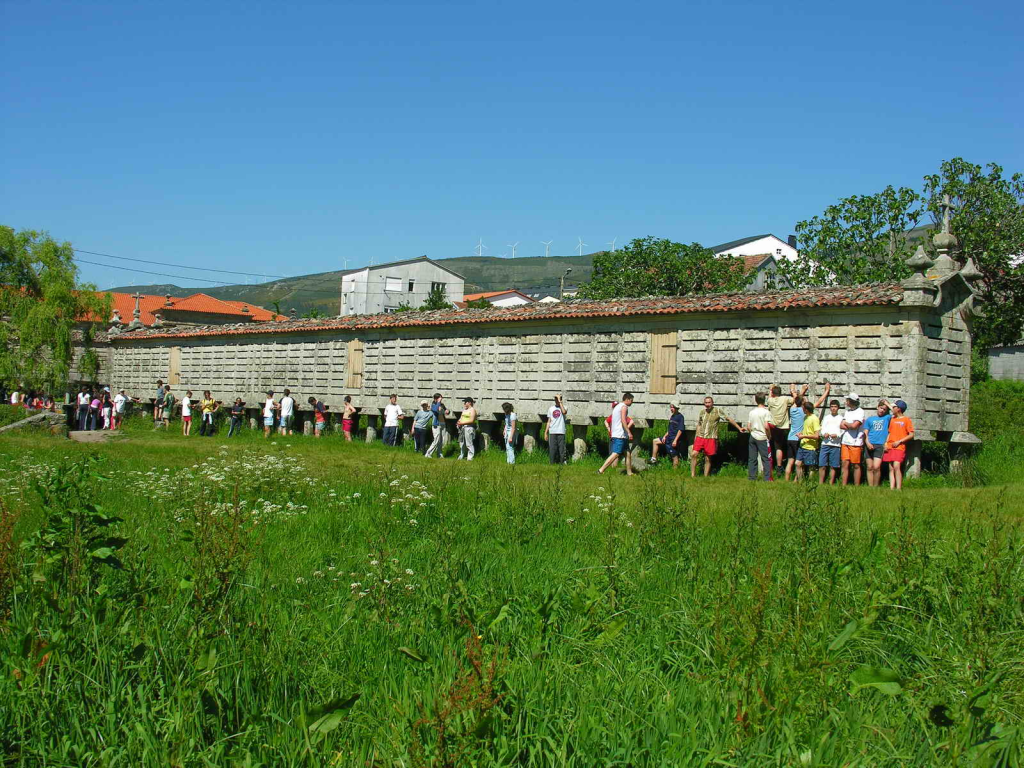
Living Museums: Many hórreos have been lovingly restored and repurposed as museums, offering glimpses into rural life and agricultural practices of yesteryear.
Tourist Treasures: These iconic structures draw visitors from around the globe, contributing to the cultural and economic landscape of the region.
Modern Inspirations: The unique aesthetics and functionality of hórreos continue to inspire contemporary architects, influencing modern building designs and sustainable practices.
Enduring Symbols: Though their historical use may have shifted, hórreos remain cherished symbols of cultural heritage, reminding us of the region’s agricultural roots and enduring traditions.
